Home>Garden Essentials>Why My Seeds Are Not Germinating
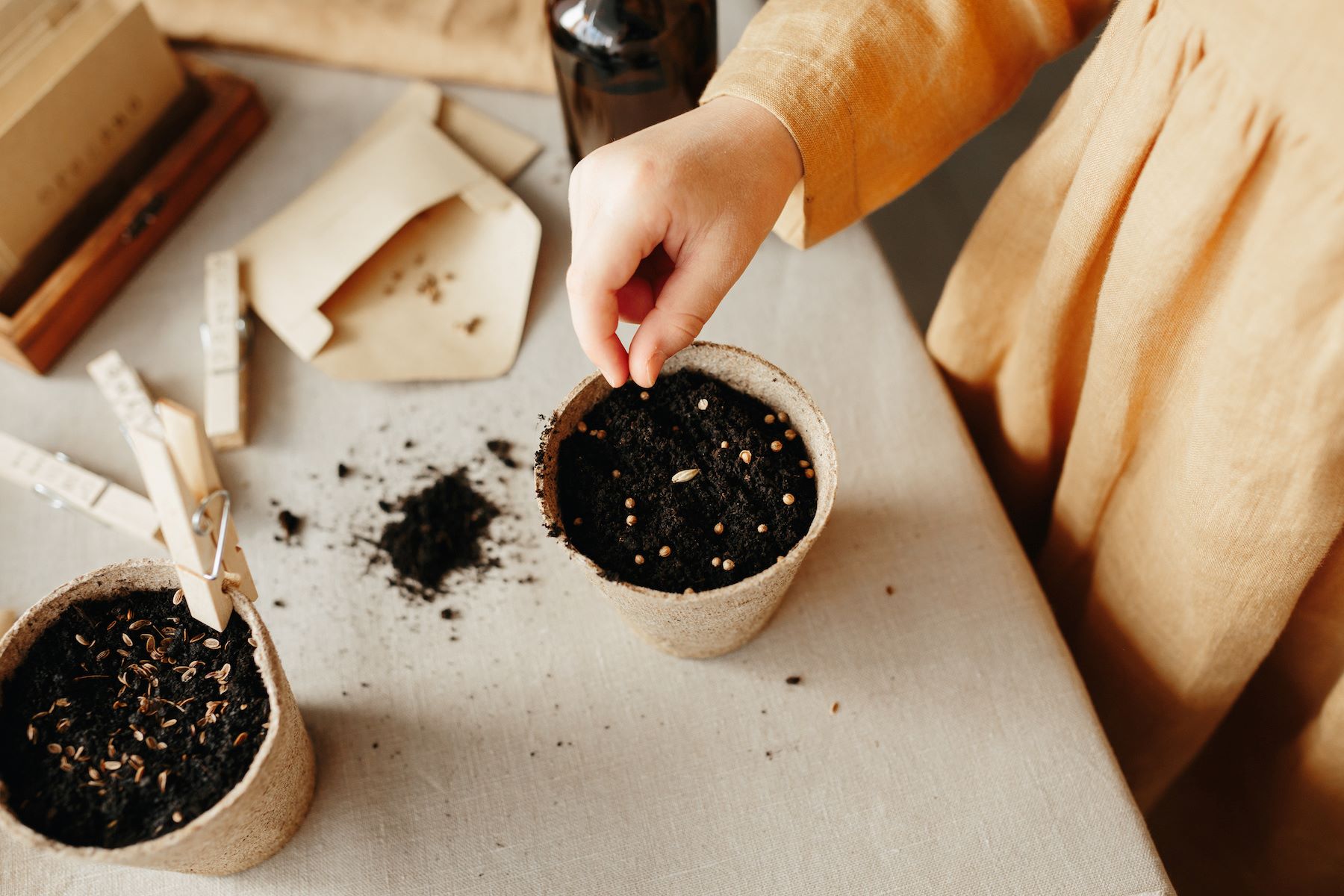

Garden Essentials
Why My Seeds Are Not Germinating
Modified: March 16, 2024
Discover the reasons why your garden seeds are not germinating and learn how to troubleshoot the issue. Find expert tips and solutions to help your garden flourish.
(Many of the links in this article redirect to a specific reviewed product. Your purchase of these products through affiliate links helps to generate commission for Storables.com, at no extra cost. Learn more)
Introduction
Welcome to the world of gardening! If you’re reading this article, chances are you’ve encountered some challenges with seed germination. Don’t worry, you’re not alone. Many gardeners, both new and experienced, face difficulties when it comes to getting their seeds to sprout and grow into healthy plants.
Seed germination is a crucial step in the life cycle of plants. It is the process by which a seed transforms into a young plant and starts its journey towards maturity. As gardeners, we rely on successful germination to kickstart our gardens and enjoy the fruits (or flowers) of our labor.
However, sometimes despite our best efforts, seeds refuse to germinate, leaving us puzzled and frustrated. But fear not, for in this article, we will explore the common reasons why seeds may not be germinating and provide some solutions to help you overcome these challenges.
Before we delve into the possible causes and solutions, it’s important to remember that each seed is a tiny package of potential, and their germination success can vary based on the plant species, environmental factors, and even the quality of the seeds themselves. So, let’s explore some of the factors that may be hindering your seed germination.
Key Takeaways:
- Proper moisture and temperature are crucial for seeds to sprout. Pre-soak seeds, monitor soil moisture, and provide warmth for successful germination.
- Choose high-quality seeds, prevent pests and diseases, and sow seeds at the right depth for healthy and uniform plant growth.
Read more: Why Won’t My Peas Germinate
Importance of Seed Germination
Seed germination is a critical process for the success of any garden. It is the magical moment when a seed comes to life, breaking through its protective covering and sending out roots and shoots. This marks the beginning of a new plant’s journey, where it will grow, flower, and eventually produce fruits or seeds of its own.
Without successful seed germination, our gardens would remain barren and devoid of life. It is the foundation upon which our plants grow and thrive. Here are a few reasons why seed germination is so important:
- New plant establishment: Germination is the first step towards establishing a new plant in your garden. It allows you to introduce a wide variety of plant species into your landscape, creating a diverse and vibrant ecosystem.
- Increased yield: When seeds germinate and grow into healthy plants, they have the potential to produce a bountiful harvest. Whether you’re growing vegetables, fruits, or flowers, successful germination leads to higher yields and a more rewarding gardening experience.
- Genetic diversity: Through germination, seeds carry forward genetic information from their parent plants, contributing to the overall genetic diversity of the plant population. This diversity helps plants adapt to changing environmental conditions and ensures the continued survival of the species.
- Environmental benefits: Plants play a crucial role in our environment by purifying the air, conserving soil moisture, and providing habitats for wildlife. Successful seed germination leads to the growth of healthy plants that contribute to these critical environmental functions.
- Sustainable gardening: By saving seeds and successfully germinating them, gardeners can promote sustainability in their gardens. This reduces the need for purchasing new seeds each season and allows for the preservation of heirloom and rare plant varieties.
As you can see, seed germination is not just a fascinating biological process; it plays a vital role in the success and sustainability of our gardens. Now, let’s explore some of the factors that can impact seed germination and how to overcome them.
Factors Affecting Seed Germination
Seed germination is influenced by various factors, and understanding these factors can help troubleshoot and improve the germination rates in your garden. Here are some common factors that can affect seed germination:
- Lack of Proper Moisture: Adequate moisture is essential for seed germination. If seeds don’t receive enough moisture, they will not be able to absorb water and start the germination process. On the other hand, excessive moisture can lead to rotting and fungal diseases. It’s crucial to find the right balance of moisture for successful germination.
- Incorrect Temperature Conditions: Temperature plays a significant role in seed germination. Each plant species has an optimal temperature range for germination. If the temperature is too low, seeds may remain dormant, and if it’s too high, they may be damaged. Providing the appropriate temperature conditions for the specific seeds you’re planting is crucial.
- Unsuitable Soil Conditions: Soil quality and composition are essential for successful seed germination. Seeds need a loose, well-draining soil that allows for root penetration and air movement. Compacted soil, heavy clay, or acidic soil can inhibit the germination process and hinder the growth of young seedlings.
- Poor Seed Quality: The quality of the seeds you plant directly affects germination success. Old or improperly stored seeds may lose their viability and struggle to germinate. It’s important to use fresh, high-quality seeds obtained from reputable sources to maximize germination rates.
- Presence of Pests and Diseases: Seeds and seedlings are susceptible to various pests and diseases that can hinder germination. Insects like seedcorn maggots, birds, and fungal pathogens can damage seeds and prevent germination. Implementing pest and disease control measures is crucial to protect your seeds and promote healthy germination.
- Improper Sowing Techniques: How you sow your seeds can impact germination as well. Sowing seeds too deep or too shallow, improper spacing, or uneven distribution can lead to uneven germination rates. It’s important to follow the recommended sowing depth and spacing guidelines for each plant species.
Understanding these factors and how they can affect seed germination is the first step to troubleshooting any issues you may encounter. In the next section, we will explore some possible solutions to improve seed germination rates in your garden.
Lack of Proper Moisture
One of the most common factors that can hinder seed germination is a lack of proper moisture. Seeds require moisture to initiate the germination process and activate their growth potential. If the soil is too dry, the seeds may remain dormant, and germination will be delayed or prevented altogether.
Here are some signs that indicate a lack of moisture for seed germination:
- Cracked or dry soil surface
- Failing to observe any seedlings emerging from the soil
- Seeds appear shriveled or discolored
To address this issue and provide optimal moisture levels for seed germination, follow these steps:
- Pre-soaking seeds: Some seeds benefit from soaking before sowing. Place the seeds in a small bowl or container and cover them with water for a few hours or overnight. This helps break down the seed coat and improves moisture absorption.
- Water the soil: Before sowing your seeds, thoroughly water the soil to ensure it is moist and ready for seed germination. Make sure the soil is evenly moist, but not waterlogged, as excessive moisture can lead to rotting.
- Use mulch: Applying a layer of organic mulch, such as straw or wood chips, around the seeded area can help conserve moisture in the soil. Mulch acts as a protective barrier, reducing evaporation and maintaining a consistent moisture level for seed germination.
- Regular watering: Monitor the soil moisture regularly and water as needed. The goal is to keep the soil consistently moist but not saturated. Watering in the early morning or late afternoon helps prevent evaporation and ensures proper absorption by the seeds.
Remember that different plant species have varying moisture requirements, so it’s crucial to research and understand the specific needs of the seeds you’re sowing. Providing adequate moisture is essential for successful seed germination and healthy plant growth.
Now that we’ve addressed the issue of moisture, let’s explore the next factor that can affect seed germination: incorrect temperature conditions.
Incorrect Temperature Conditions
Temperature plays a vital role in seed germination. Each plant species has its preferred temperature range for germination. If the temperature is too low or too high, seeds may struggle to germinate or even become damaged. Understanding and providing the optimal temperature conditions for the seeds you’re planting is crucial for successful germination.
Here are some ways in which incorrect temperature conditions can affect seed germination:
- Low temperatures: If the temperature is too cold, seeds may enter a dormant state and remain inactive. They require warmth to trigger the germination process. In such cases, germination may be slow or may not occur at all.
- High temperatures: Excessively high temperatures can be equally detrimental to seed germination. Heat can cause the seeds to dry out quickly, leading to a lack of moisture and, ultimately, failed germination. Some seeds are particularly sensitive to high temperatures and may become damaged or non-viable.
To address the issue of incorrect temperature conditions and promote optimal seed germination, consider the following steps:
- Know the ideal temperature range: Research the specific seed varieties you’re planting to determine their optimal germination temperature range. This information can usually be found on the seed packet or through reliable gardening resources.
- Provide warmth: If you’re starting seeds indoors, consider using a heating mat or germination chamber to maintain a consistent temperature. These tools help create a warmer environment that simulates ideal germination conditions.
- Timing is key: Take advantage of the appropriate season to sow seeds that require specific temperature conditions. For instance, warm-season plants like tomatoes and peppers thrive in higher temperatures, so it’s best to sow them when the soil has warmed up in the spring.
- Protect from extreme temperatures: If you’re growing seeds outdoors, monitor the weather forecast and take precautions to protect seedlings from extreme temperatures. Cover them with row covers or provide shade during periods of excessive heat or cold to prevent stress and damage.
By understanding the temperature requirements of your seeds and implementing appropriate measures, you can ensure optimal germination rates and give your seeds the best chance of success.
Now, let’s move on to another factor that can affect seed germination: unsuitable soil conditions.
Read more: Why Germinate In The Dark
Unsuitable Soil Conditions
The quality and composition of the soil can significantly impact seed germination. Seeds need a suitable environment to establish their roots, absorb water and nutrients, and initiate the germination process. If the soil conditions are unsuitable, it can hinder seed germination and impede the growth of young seedlings.
Here are some common soil-related factors that can affect seed germination:
- Compacted soil: Soil that is compacted or densely packed prevents the free movement of air, water, and roots. This can make it difficult for seeds to germinate and establish a strong root system.
- Heavy clay soil: Clay soil has a dense, sticky texture that holds onto water and can become waterlogged. This can lead to excessive moisture around the seeds, which can cause rotting and prevent germination.
- Poor drainage: Soil that retains too much water due to poor drainage can suffocate the seeds and inhibit their ability to absorb oxygen. This can result in delayed or failed germination.
- Acidic or alkaline soil: Extremes in soil pH can affect seed germination. Seeds prefer a fairly neutral pH range, and highly acidic or alkaline soil can create unfavorable conditions for germination.
- Lack of organic matter: Organic matter, such as compost or well-rotted manure, improves the texture and fertility of the soil. It provides essential nutrients, enhances moisture retention, and promotes a favorable environment for seed germination.
To address unsuitable soil conditions and promote successful seed germination, consider the following solutions:
- Improve soil structure: Loosen compacted soil by tilling or aerating it before sowing seeds. This improves drainage and allows roots to penetrate easily.
- Amend with organic matter: Incorporate organic matter, such as compost or well-rotted manure, into the soil. This helps improve soil structure, enriches it with nutrients, and enhances moisture retention.
- Adjust pH levels: If your soil is too acidic or alkaline, consider adjusting the pH to a more neutral range. You can do this by adding amendments like lime to raise the pH or sulfur to lower it, based on the needs of the specific seeds you’re planting.
- Provide proper drainage: If you have clay soil or poor drainage, consider incorporating a layer of sand or perlite into the soil to improve its drainage capacity. This helps prevent waterlogging and creates a more hospitable environment for germination.
By addressing unsuitable soil conditions and creating an optimal environment for seed germination, you can greatly increase the chances of successful germination and the overall health of your plants.
Now, let’s explore another factor that can affect seed germination: poor seed quality.
Poor Seed Quality
The quality of the seeds you use can have a significant impact on their germination success. Seeds that are old, damaged, or of poor quality may have lower viability and struggle to germinate. It’s essential to select high-quality seeds from reliable sources to maximize the chances of successful germination.
Here are some factors related to poor seed quality that can affect germination:
- Age: As seeds age, their viability decreases, meaning they become less likely to germinate. It’s always best to use fresh seeds to ensure high germination rates.
- Storage conditions: Seeds should be stored in cool, dry, and dark conditions to maintain their viability. Exposure to moisture, heat, or sunlight can reduce their germination potential.
- Disease or pest damage: Seeds that have been infected by diseases, such as fungal or bacterial pathogens, or damaged by pests may struggle to germinate. It’s important to visually inspect seeds for any signs of damage before planting.
- Wrong seed variety: Using seeds from the wrong plant variety or species can result in unsuccessful germination. Ensure you have the correct seeds that match the plant you intend to grow.
To minimize the risk of poor seed quality affecting germination, consider the following steps:
- Purchase from reputable sources: Obtain seeds from trusted seed companies or reputable local nurseries. These sources often carry high-quality seeds that have been tested for germination rates.
- Check the seed packet: The seed packet typically contains important information, including the date of packaging, germination rates, and specific planting instructions. Read this information carefully to ensure you’re using fresh seeds that have a high probability of germination.
- Perform a germination test: If you have concerns about the viability of your seeds, you can perform a germination test before planting. This involves placing a sample of seeds on a moist paper towel or in a seed tray and observing how many seeds successfully germinate. This will give you an idea of the seed’s quality and expected germination rates.
- Store seeds properly: If you’re saving seeds for future use, store them in airtight containers in a cool and dry place. Consider adding desiccant packets to absorb any moisture and help maintain seed freshness.
By selecting and using high-quality seeds, you can increase the chances of successful germination and set your garden up for success right from the start.
Now, let’s address another factor that can impact seed germination: the presence of pests and diseases.
Presence of Pests and Diseases
The presence of pests and diseases can have a detrimental effect on seed germination. Insects, birds, and fungal pathogens can damage seeds, preventing them from germinating or causing them to rot before they have a chance to sprout. It’s crucial to prevent and manage pest and disease infestations to ensure successful seed germination.
Here are some common issues related to pests and diseases that can affect seed germination:
- Insect damage: Insects, such as seedcorn maggots and ants, can feed on seeds and seedlings, causing damage that inhibits germination. Their activity can weaken seeds and lead to unsuccessful germination or even complete seed loss.
- Bird feeding: Birds, like sparrows or finches, can eat seeds from the soil surface or newly emerged seedlings, preventing germination or destroying young plants.
- Fungal or bacterial pathogens: Fungal or bacterial diseases can attack seeds, causing rot or damping-off, a condition where seedlings collapse and die. These pathogens thrive in damp conditions and can significantly reduce germination rates.
To prevent and manage pests and diseases during seed germination, consider implementing the following measures:
- Protect seeds with barriers: Use physical barriers like row covers or netting to prevent birds and larger insects from accessing the seeds or seedlings. These barriers should be loosely draped over the planted area until the seedlings are established.
- Apply organic pest control methods: Use organic pest control methods, such as introducing beneficial insects or applying insecticidal soap, to control pests that attack seeds and seedlings. These methods help minimize the damage without compromising the health of the environment.
- Practice crop rotation: Rotate your crops each season to avoid the buildup of pest and disease populations in the soil. Different plant families are susceptible to different pests and diseases, so rotating crops helps disrupt the lifecycle of these organisms.
- Avoid over-watering: Excessive moisture creates favorable conditions for fungal and bacterial diseases. Ensure proper drainage and avoid over-watering, particularly in the early stages of seed germination, to reduce the risk of diseases affecting the seeds.
- Inspect and remove infected seeds or seedlings: Regularly inspect seeds and seedlings for signs of pest or disease damage. Remove any infected or damaged seeds or seedlings promptly to prevent the spread of pests or diseases.
By taking proactive measures to prevent and manage pests and diseases, you can ensure that your seeds have the best chance of germinating and growing into healthy plants.
Now, let’s explore another factor that can affect seed germination: improper sowing techniques.
Improper Sowing Techniques
Proper sowing techniques are essential for successful seed germination. How you sow your seeds can greatly impact their ability to sprout and grow into healthy seedlings. Improper techniques such as sowing seeds too deep, too shallow, or unevenly can result in uneven germination rates and hinder the overall success of your garden.
Here are some common issues related to improper sowing techniques that can affect seed germination:
- Sowing seeds too deep: Some seeds require light to germinate, and burying them too deep in the soil can prevent adequate light penetration. This can result in weak or failed germination.
- Sowing seeds too shallow: Conversely, sowing seeds too shallowly can expose them to drier surface conditions and make them more susceptible to fluctuations in temperature and moisture. This can lead to unreliable germination rates.
- Inconsistent sowing: Uneven distribution of seeds can lead to overcrowding in some areas and sparse growth in others. This can result in competition for resources among the seedlings and uneven germination rates.
To ensure proper sowing techniques and improve seed germination rates, follow these guidelines:
- Read the seed packet: Each seed variety has specific recommendations regarding sowing depth and spacing. Read the instructions on the seed packet carefully to understand the requirements for the seeds you’re planting.
- Prepare the soil: Ensure that the soil is properly prepared before sowing the seeds. Clear the area of debris, break up any clumps, and remove any weeds that can compete with the young seedlings.
- Sow at the appropriate depth: Sow seeds at the recommended depth, which is typically two to three times the diameter of the seed. Smaller seeds may require surface sowing while larger seeds may need slightly deeper sowing.
- Provide even distribution: Aim for an even distribution of seeds across the designated area. If necessary, mix the seeds with a carrier such as sand to help achieve a more uniform distribution.
- Cover and lightly press the soil: After sowing the seeds, gently cover them with soil and lightly press it down to ensure good seed-to-soil contact. This helps maintain moisture around the seeds and facilitates germination.
By following proper sowing techniques, you can promote optimal seed germination and create a more uniform and successful growing environment for your plants.
Now that we’ve explored the various factors that can affect seed germination and provided possible solutions for each, you’re equipped with the knowledge to improve seed germination rates in your garden. By addressing issues such as lack of proper moisture, incorrect temperature conditions, unsuitable soil conditions, poor seed quality, the presence of pests and diseases, and improper sowing techniques, you can set the stage for healthy and productive plants.
Remember, gardening is a learning process, and finding what works best for your specific plants and conditions may take some trial and error. Stay patient, observe your garden closely, and make adjustments as needed. With time and experience, you’ll become a master at seed germination, creating a flourishing garden that brings you joy and satisfaction.
Make sure your seeds have enough moisture, warmth, and oxygen to germinate. Check the soil temperature and keep it consistent. Consider using a seed starting mix to provide the right conditions for germination.
Read more: Why Beans Don’t Germinate?
Possible Solutions for Improving Seed Germination
Improving seed germination is crucial for a successful garden. Fortunately, there are several measures you can take to enhance the germination process and increase the chances of successful seedling emergence. Let’s explore some possible solutions:
- Providing Optimal Moisture Levels:
- Thoroughly water the soil before sowing seeds to ensure adequate moisture. Avoid over-watering, as excessive moisture can lead to rotting and fungal diseases.
- Consider pre-soaking certain seeds to help break down the seed coat and promote moisture absorption.
- Utilize organic mulch, such as straw or wood chips, to conserve moisture in the soil and maintain a consistent moisture level.
- Regularly monitor soil moisture levels and water as needed to keep the soil consistently moist, but not waterlogged.
- Maintaining Suitable Temperature Conditions:
- Research the ideal temperature range for the seeds you’re planting and provide the appropriate conditions. Utilize a heating mat or germination chamber to maintain consistent temperatures for indoor seed starting.
- Sow seeds at the correct time, taking into consideration the optimal temperature requirements for the specific plant species.
- Monitor weather forecasts and take protective measures to shield seedlings from extreme temperatures, such as providing shade or using row covers.
- Ensuring Appropriate Soil Conditions:
- Improve soil structure by loosening compacted soil before sowing seeds. This improves drainage and allows for root penetration.
- Add organic matter, such as compost or well-rotted manure, to improve soil fertility, moisture retention, and overall soil quality.
- Adjust soil pH if necessary by adding amendments like lime or sulfur to create a more neutral pH range for optimal seed germination.
- Ensure proper soil drainage to prevent waterlogging, which can suffocate seeds and impede germination.
- Selecting High-Quality Seeds:
- Purchase seeds from reputable sources to ensure higher quality and viability.
- Read the seed packet for information on the date of packaging, germination rates, and specific planting instructions.
- Perform a germination test on older or questionable seeds to determine viability before planting.
- Properly store seeds in airtight containers in cool, dry conditions to maintain their viability.
- Preventing Pest and Disease Infestations:
- Protect seeds and seedlings from pests by using physical barriers like row covers or netting.
- Implement organic pest control methods, such as introducing beneficial insects or using insecticidal soap, to manage common pests.
- Practice crop rotation to reduce the buildup of pest and disease populations in the soil.
- Avoid over-watering to prevent the development of fungal and bacterial diseases.
- Implementing Proper Sowing Techniques:
- Read the seed packet for specific sowing depth and spacing instructions.
- Prepare the soil properly by clearing debris, breaking up clumps, and removing weeds.
- Sow seeds at the recommended depth, ensuring good seed-to-soil contact.
- Achieve even seed distribution by mixing seeds with a carrier like sand or using a seed spreader.
By implementing these possible solutions, you can optimize the conditions for seed germination and increase the likelihood of successful seedling emergence. Remember to adapt these techniques to suit the specific needs of the plant species you’re growing. With patience and proper care, you’ll soon witness the magic of seeds sprouting and growing into vibrant, healthy plants in your garden.
Now that you’re equipped with these solutions, you’re ready to overcome the challenges of seed germination and create a thriving garden. Best of luck on your gardening journey!
Providing Optimal Moisture Levels
Proper moisture levels are essential for successful seed germination. Seeds require adequate moisture to initiate the germination process and activate their growth potential. It is crucial to provide the optimal moisture conditions to ensure that seeds can absorb water and begin their journey towards becoming healthy seedlings. Here are some guidelines for providing optimal moisture levels for seed germination:
- Thoroughly water the soil: Before sowing your seeds, make sure to water the soil thoroughly. This will ensure that the soil is evenly moist and ready for seed germination. Avoid over-watering, as excessive moisture can lead to waterlogged conditions that are unfavorable for seed germination.
- Consider pre-soaking seeds: Some seeds benefit from pre-soaking before sowing. Place the seeds in a small bowl or container and cover them with water for several hours or overnight. This process helps to break down the seed coat and improves moisture absorption, increasing the chances of successful germination.
- Utilize organic mulch: Applying a layer of organic mulch, such as straw or wood chips, around the seeded area can help conserve moisture in the soil. Mulch acts as a protective barrier, reducing evaporation and maintaining a consistent moisture level for seed germination. It also helps to regulate soil temperature and suppress weed growth.
- Monitor soil moisture levels: Regularly check the moisture level of the soil to ensure it remains consistently moist. Use your finger to gauge the moisture at a depth of about an inch. If it feels dry, it’s time to water. Be mindful not to let the soil dry out completely between watering, as this can hinder seed germination.
- Water with care: When watering the soil, it’s best to do so gently and evenly. You can use a watering can with a fine rose attachment or a gentle spray nozzle to avoid dislodging seeds or creating water channels that can lead to uneven moisture distribution.
- Timing your watering: Watering in the early morning or late afternoon is ideal, as it allows time for the soil to absorb the moisture before any excess evaporates in the heat of the day. Avoid watering in the evening, as damp conditions overnight can increase the risk of fungal diseases.
It’s important to note that different plant species have varying moisture requirements. Research and understand the specific needs of the seeds you’re sowing to provide the optimal amount of moisture for successful germination. Additionally, factors such as climate, temperature, and soil type can also influence the moisture requirements, so it’s important to monitor and adjust as needed. Remember, maintaining the right moisture balance is key to promoting seed germination and ensuring the healthy growth of your seedlings.
Now that you have an understanding of providing optimal moisture levels, you’re one step closer to improving seed germination in your garden. Happy sowing and may your seeds sprout and thrive!
Maintaining Suitable Temperature Conditions
Temperature plays a vital role in seed germination, as it influences the activation of enzymes and metabolic processes within the seeds. Each plant species has its preferred temperature range for germination, and providing suitable temperature conditions is crucial for successful seedling emergence. Here are some guidelines for maintaining suitable temperature conditions for seed germination:
- Know the ideal temperature range: Research the specific seed varieties you’re planting to determine their optimal germination temperature range. This information can usually be found on the seed packet or through reliable gardening resources. Different plants have different temperature preferences, so understanding their needs is essential.
- Provide warmth for indoor sowing: If you’re starting seeds indoors, it’s important to provide the necessary warmth for germination. Consider using a heating mat or germination chamber to maintain a consistent temperature. These tools help create a warm environment that mimics the ideal germination conditions for the specific seeds you’re planting.
- Sow seeds at the appropriate time: Timing is crucial when it comes to seed germination. It’s best to sow seeds when the soil temperature is within the optimal range for the specific plant species. Monitor the soil temperature using a soil thermometer to ensure the conditions are favorable for germination.
- Monitor and adjust soil temperature: During the germination process, it’s essential to maintain a consistent soil temperature. If the soil temperature is too low, consider using a protective covering such as a cloche or a cold frame to create a warmer microclimate for seed germination. On the other hand, if the soil temperature is too high, shade the area or provide some form of insulation to prevent overheating.
- Protect from extreme temperatures: Seedlings are sensitive to extreme temperature conditions. During hot summer months, provide shade or use row covers to protect young seedlings from scorching heat. Similarly, in colder climates, starting seeds indoors or using a greenhouse can help protect them from frost and cold temperatures.
- Observe weather patterns: Monitoring the weather forecast can help you plan your seed sowing accordingly. Sow seeds when the weather conditions are expected to be favorable for germination. For example, wait for the soil to warm up in the spring before sowing warm-season plants.
Remember that maintaining suitable temperature conditions is crucial for maximizing seed germination rates. Providing the right amount of warmth allows seeds to activate their biological processes and initiate their growth. By understanding the temperature requirements of your seeds and implementing the necessary measures, you can optimize the conditions for germination and set your seeds up for success.
Now that you have an understanding of maintaining suitable temperature conditions, you can enhance your seed germination success. Best of luck with your gardening endeavors!
Ensuring Appropriate Soil Conditions
The quality and condition of the soil play a crucial role in seed germination. Seeds require a suitable environment to establish their roots, absorb water and nutrients, and initiate the germination process. It’s essential to ensure appropriate soil conditions to provide a favorable growing environment for your seeds. Here are some guidelines for ensuring appropriate soil conditions for seed germination:
- Prepare the soil: Before sowing your seeds, prepare the soil by removing any weeds, stones, or debris. Loosen the soil with a garden fork or tiller to improve its structure and create a loose and airy medium for the seeds to penetrate.
- Improve soil fertility: Incorporate organic matter into the soil to improve its fertility and nutrient content. Compost, well-rotted manure, or other organic amendments can enrich the soil and provide essential nutrients that support seed germination and early growth.
- Ensure proper drainage: Good soil drainage is crucial for seed germination. Seeds need oxygen to respire and establish root systems. If the soil retains excessive moisture, it can suffocate the seeds and hinder their ability to germinate. Ensure that the soil drains well and does not become waterlogged.
- Monitor soil pH: Different plant species thrive in different pH levels. Test the soil pH and ensure it falls within the appropriate range for the seeds you’re sowing. If the soil is too acidic or alkaline, adjust its pH by adding amendments like lime or sulfur to create a more suitable environment.
- Avoid compacted soil: Compacted soil restricts root growth and impedes water and nutrient uptake. Before sowing seeds, take steps to alleviate soil compaction by loosening the soil using a garden fork or tiller. This allows the roots to penetrate easily and promotes healthy seedling development.
- Optimize soil moisture: Seeds need moisture to germinate, but excessive saturation can lead to rotting and poor germination rates. Ensure that the soil is consistently moist but not waterlogged. Regularly monitor soil moisture levels and adjust watering practices as needed.
Remember that the soil conditions can vary depending on the plant species you’re growing. Different plants have different requirements and preferences. Conduct research on the specific needs of the seeds you’re sowing to ensure you provide the most suitable soil conditions for their germination and growth.
By ensuring appropriate soil conditions, you create an environment that optimizes seed germination and encourages the healthy establishment of seedlings. With a fertile, well-drained, and properly prepared soil, your seeds will have the best chance of successful germination and developing into thriving plants.
Now that you understand the importance of appropriate soil conditions, you can improve the success rates of your seed germination and foster a healthy growing environment for your plants. Happy gardening!
Read more: Why Can Flowers Rapidly Germinate
Selecting High-Quality Seeds
The quality of seeds you choose for sowing can greatly affect the success of seed germination. High-quality seeds have better viability, ensuring a higher rate of successful germination and healthier seedling development. When selecting seeds, it’s important to consider factors such as seed age, origin, and storage conditions to ensure you’re working with the best possible material. Here are some guidelines for selecting high-quality seeds:
- Purchase from reputable sources: Obtain seeds from reputable seed companies, nurseries, or local garden centers. These sources often have strict quality control measures in place to ensure the seeds they offer are of high quality and have good germination rates.
- Check the seed packet: Read the information provided on the seed packet. It should include the date of packaging, germination rates, and specific planting instructions. Look for seeds that have been recently packaged to ensure freshness and higher viability.
- Consider the seed’s origin: Seeds that are sourced from trusted suppliers or local producers are often better adapted to your specific climate and growing conditions. They tend to have higher chances of success in your region.
- Inspect seed appearance: Look for seeds that appear plump, well-formed, and with no signs of damage or deformities. Avoid seeds that appear shriveled, discolored, or have obvious signs of pest or disease damage.
- Research seed variety performance: It’s helpful to do some research on the performance and reputation of specific seed varieties. Look for varieties that are known for their good germination rates, robust growth, disease resistance, and other desirable characteristics.
- Store seeds properly: If you’re saving seeds or have leftover seeds for future use, it’s important to store them properly to maintain their viability. Keep seeds in airtight containers or envelopes, label them clearly, and store them in a cool, dry, and dark place to prolong their shelf life.
- Perform a germination test: If you have doubts about the viability of your saved or purchased seeds, you can perform a simple germination test before sowing. Place a sample of seeds on a moist paper towel or in a seed tray and observe how many seeds germinate. This will give you an idea of the seed’s quality and expected germination rates.
By selecting high-quality seeds, you set yourself up for greater success in seed germination. Remember that even with the highest quality seeds, factors such as moisture, temperature, soil conditions, and proper care still play crucial roles in the germination process.
Now that you understand the importance of selecting high-quality seeds, you can make informed choices when purchasing or saving seeds for your garden. Quality seeds will give your plants the best start in life, leading to healthy growth, abundant harvests, and a thriving garden.
Happy seed selecting and may your garden be filled with flourishing plants!
Preventing Pest and Disease Infestations
Pests and diseases can pose significant challenges to seed germination and plant health. Prevention is key to avoid infestations that can damage seeds, seedlings, and young plants. By implementing proactive measures, you can create a healthier growing environment and increase the chances of successful germination. Here are some guidelines for preventing pest and disease infestations:
- Practice good garden hygiene: Keep your garden clean and free from debris, fallen leaves, and dead plant material. These can harbor pests and disease-causing organisms, providing them with an environment to thrive.
- Rotate your crops: Avoid planting the same crop or plant family in the same location year after year. Crop rotation helps disrupt the life cycles of pests and diseases, reducing their buildup in the soil and preventing them from targeting specific plants.
- Remove and destroy infected plant material: Promptly remove and destroy any infected or diseased plants, including seeds, seedlings, and plant debris. This prevents the spread of diseases and eliminates potential breeding grounds for pests.
- Utilize companion planting: Certain plant combinations can help repel pests or attract beneficial insects that prey on pests. Planting companion plants that have natural pest-repellent properties can be an effective strategy to deter pests from targeting your precious seeds and seedlings.
- Implement physical barriers: Use physical barriers like nets, row covers, or cages to protect young seedlings from pests such as birds, rodents, or larger insects. These barriers prevent access to seedlings while allowing sufficient airflow and light penetration.
- Encourage beneficial insects: Attract beneficial insects like ladybugs, lacewings, or hoverflies to your garden. They feed on pests that can damage seeds and seedlings. Planting diverse, nectar-rich flowers and incorporating insectary plants can help attract these beneficial insects to your garden.
- Practice proper watering: Avoid over-watering, as excessive moisture can create favorable conditions for pests and diseases. Water plants at the base, rather than overhead, to minimize moisture on foliage and reduce the risk of fungal diseases.
- Monitor regularly: Regularly inspect your garden for any signs of pest or disease infestations. Detecting problems early allows for prompt action, minimizing the impact on seeds and seedlings. Remove pests by hand when possible and apply targeted organic pest control methods as necessary.
- Choose disease-resistant varieties: When selecting seeds, opt for disease-resistant varieties whenever possible. These varieties have been bred to withstand specific diseases, reducing the risk of infection and improving the chances of successful germination.
By implementing these preventive measures, you can create a healthier and more resilient garden environment for your seeds and seedlings. Prevention is often more effective and sustainable than trying to control the problem after it arises. Remember to pay attention to your garden’s specific needs and adapt your strategies accordingly.
Now armed with preventive strategies, you can minimize the risks of pest and disease infestations, protect your seeds, and foster optimal conditions for successful seed germination. Happy gardening!
Implementing Proper Sowing Techniques
Proper sowing techniques are crucial for successful seed germination. How you sow your seeds can determine the uniformity of germination and the overall success of your garden. By implementing correct sowing techniques, you can provide an optimal environment for seeds to germinate and grow into healthy seedlings. Here are some guidelines for implementing proper sowing techniques:
- Read the seed packet: Each seed variety has its own specific sowing instructions. Read the information provided on the seed packet carefully, as it will contain valuable guidance on sowing depth and recommended spacing between seeds.
- Prepare the soil: Ensure the soil is prepared and free from debris, clumps, and weeds before sowing. Loosen the soil gently with a garden fork or rake to create a fine and crumbly texture, providing an ideal environment for seed germination.
- Sow at the appropriate depth: Plant seeds at the recommended depth, which can vary depending on the size of the seed. As a general rule, sow seeds at a depth that is two to three times the diameter of the seed. Consult the seed packet for specific instructions.
- Consider broadcasting vs. direct sowing: Some seeds can be broadcast, or scattered, over a designated area, while others benefit from being planted individually. Determine the appropriate method based on the seed type and their preferences for spacing and competition.
- Make consistent seed spacing: Space seeds properly to prevent overcrowding and competition for resources. This ensures each seedling has enough room to grow and access sunlight, nutrients, and water. Use your fingers or a dibber to create evenly spaced holes or furrows for direct sowing.
- Cover and firm the soil: After sowing the seeds, cover them gently with soil or a light layer of vermiculite or seed-starting mix. This helps maintain moisture and provides a stable environment for germination. Use the back of a rake or your hands to lightly firm the soil to ensure good seed-to-soil contact.
- Label your planting areas: To avoid confusion and maintain order in your garden, label your planting areas. Use plant markers or labels to identify the seeds you’ve sown. This helps you keep track of the plant varieties and planting dates.
- Water gently: Water the newly sown area gently and evenly to prevent dislodging seeds or causing soil erosion. Use a watering can with a fine rose attachment or a gentle spray nozzle to ensure a delicate and even watering process.
By implementing proper sowing techniques, you provide your seeds with an optimal start for germination and establishment. Following these guidelines helps create a uniform planting and reliable germination rates, contributing to a successful garden.
Remember, different seeds may have different requirements, so it’s important to adapt your techniques accordingly. Pay attention to the specific guidelines for each seed variety and take into account the soil, climate, and other environmental factors.
Now that you understand the importance of implementing proper sowing techniques, you can sow your seeds with confidence and set the stage for healthy germination and vigorous growth. Happy sowing and may your garden flourish with beautiful and productive plants!
Conclusion
Seed germination is a crucial step in the journey of a gardener. It is the magical process by which a seed comes to life, sprouting into a young plant and setting the foundation for a flourishing garden. However, challenges in achieving successful seed germination are not uncommon. Understanding the factors that affect seed germination and implementing appropriate solutions can greatly improve your gardening experience.
We explored various factors that can hinder seed germination, such as lack of proper moisture, incorrect temperature conditions, unsuitable soil conditions, poor seed quality, presence of pests and diseases, and improper sowing techniques. Each factor plays a significant role in the germination process, and addressing them can greatly enhance the success rates of your seeds.
To provide optimal moisture levels, we learned the importance of thorough watering before sowing, pre-soaking certain seeds, using organic mulch, monitoring soil moisture, and watering carefully. Maintaining suitable temperature conditions involved knowing the ideal temperature range, providing warmth for indoor sowing, timing seed sowing appropriately, monitoring soil temperature, and protecting seedlings from extreme temperatures.
Ensuring appropriate soil conditions included preparing the soil, improving soil fertility, ensuring proper drainage, monitoring soil pH, avoiding compacted soil, and optimizing soil moisture. Selecting high-quality seeds involves purchasing from reputable sources, checking the seed packet, considering the seed’s origin, inspecting seed appearance, doing research on seed variety performance, and storing seeds properly.
Preventing pests and disease infestations is crucial for the health of seeds and seedlings. This can be achieved through good garden hygiene, crop rotation, removal of infected plant material, companion planting, implementing physical barriers, encouraging beneficial insects, practicing proper watering, and choosing disease-resistant varieties.
Finally, implementing proper sowing techniques is essential for uniform germination. Reading seed packets, preparing the soil, sowing at the appropriate depth, ensuring consistent seed spacing, covering and firming the soil, labeling planting areas, and watering gently are key steps to achieve successful germination.
By understanding these factors and implementing appropriate solutions, you can increase the chances of successful seed germination, enjoy healthier seedlings, and create a vibrant and productive garden.
Gardening is a continuous learning experience, and mastering the art of seed germination takes time and patience. Experiment with different techniques, observe the behavior of your seeds and seedlings, and make adjustments based on the specific needs of your plants. Remember to adapt your approach to the unique conditions of your garden and trust in the resilience and power of nature.
So, roll up your sleeves, grab those seeds, and embark on your journey of seed germination. With dedication and care, you’ll witness the incredible transformation from tiny seeds to thriving plants, and experience the joy of a bountiful and beautiful garden.
Frequently Asked Questions about Why My Seeds Are Not Germinating
Was this page helpful?
At Storables.com, we guarantee accurate and reliable information. Our content, validated by Expert Board Contributors, is crafted following stringent Editorial Policies. We're committed to providing you with well-researched, expert-backed insights for all your informational needs.
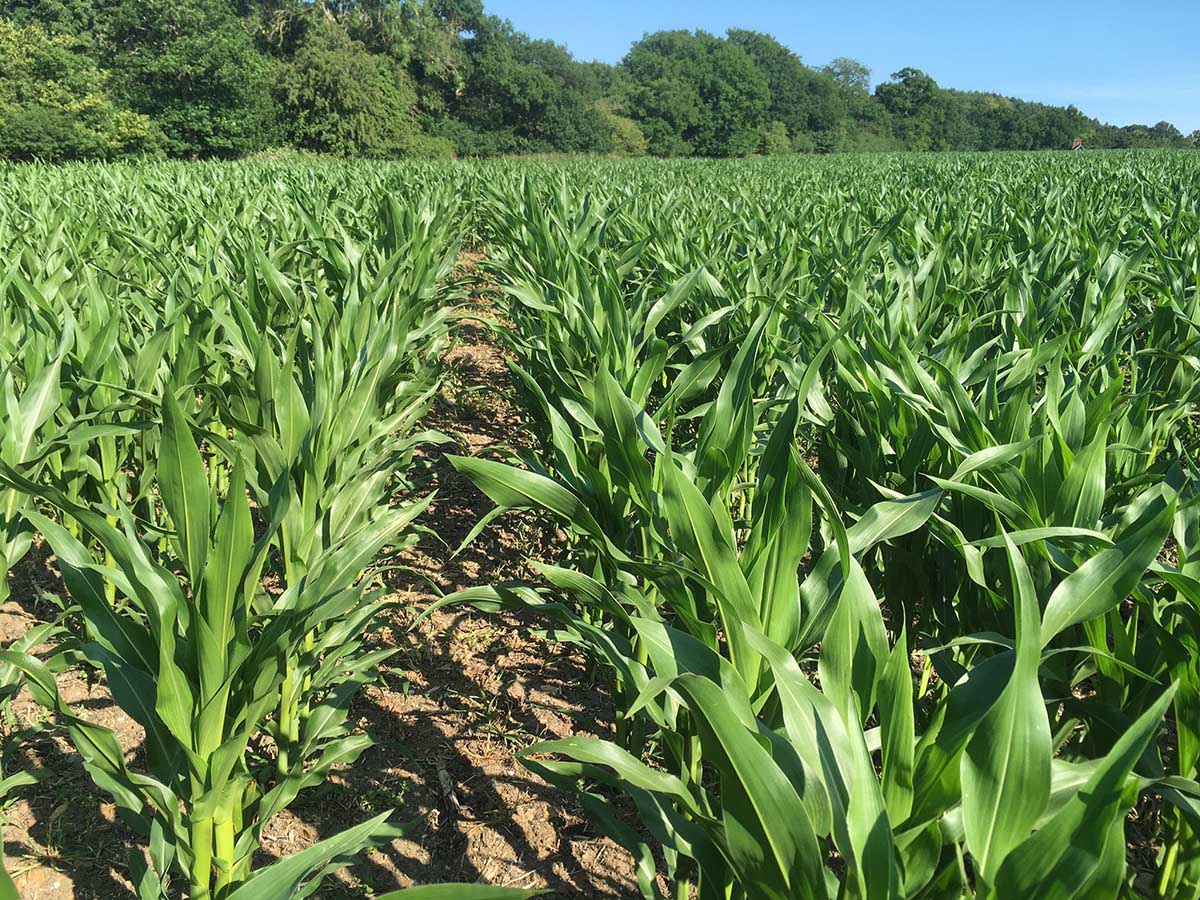
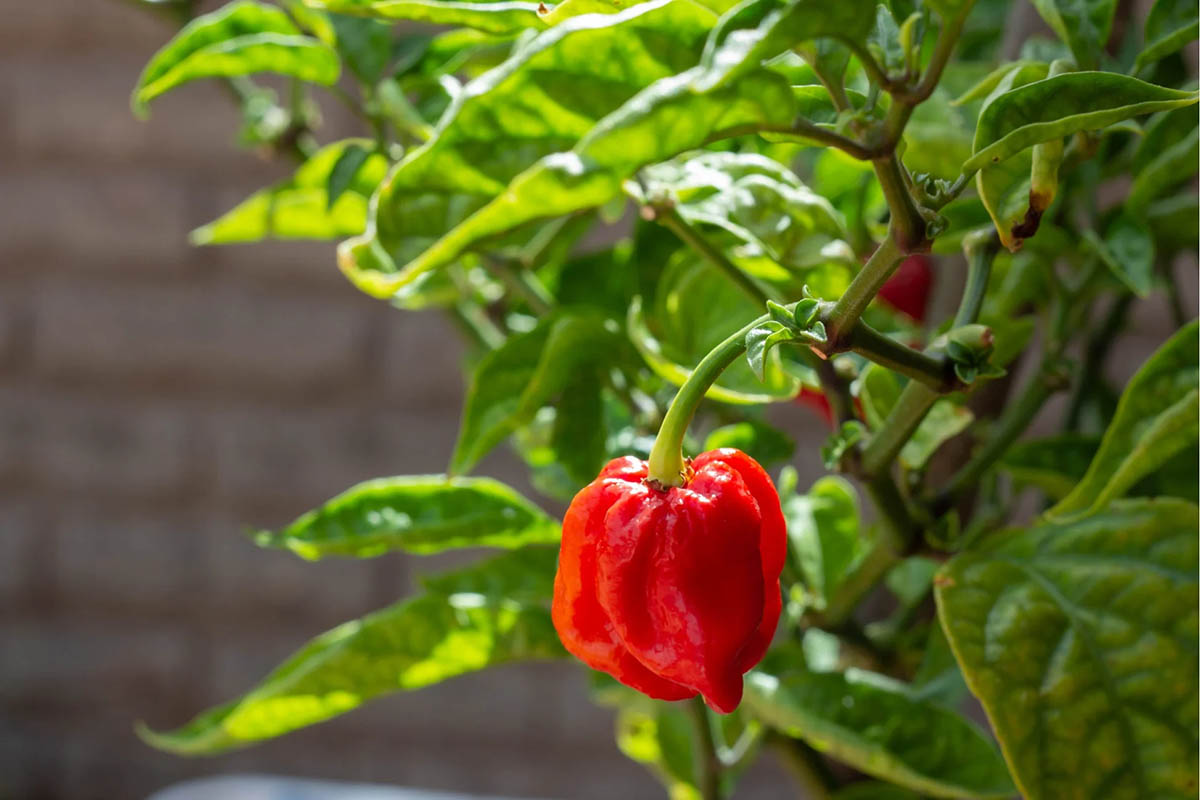
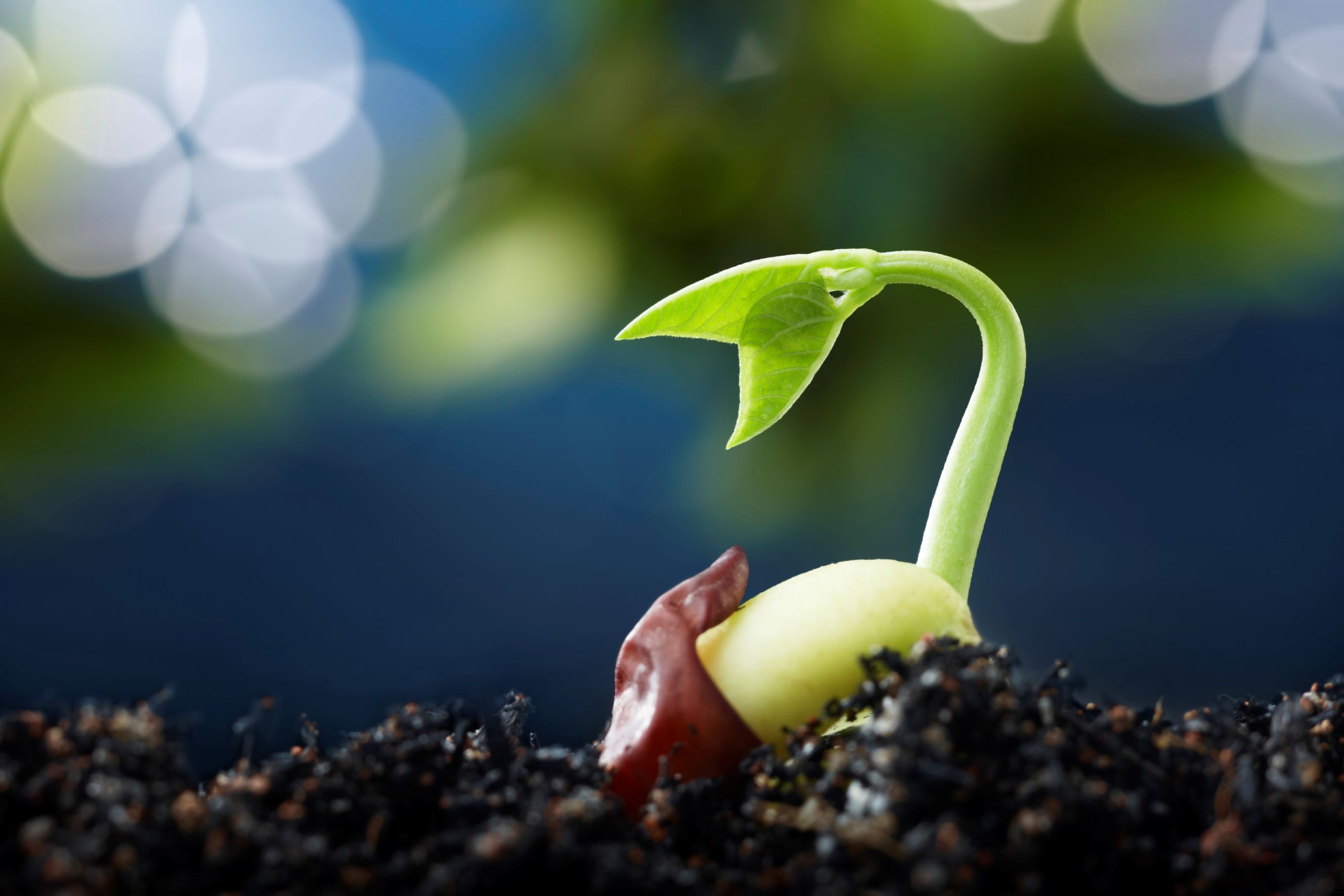
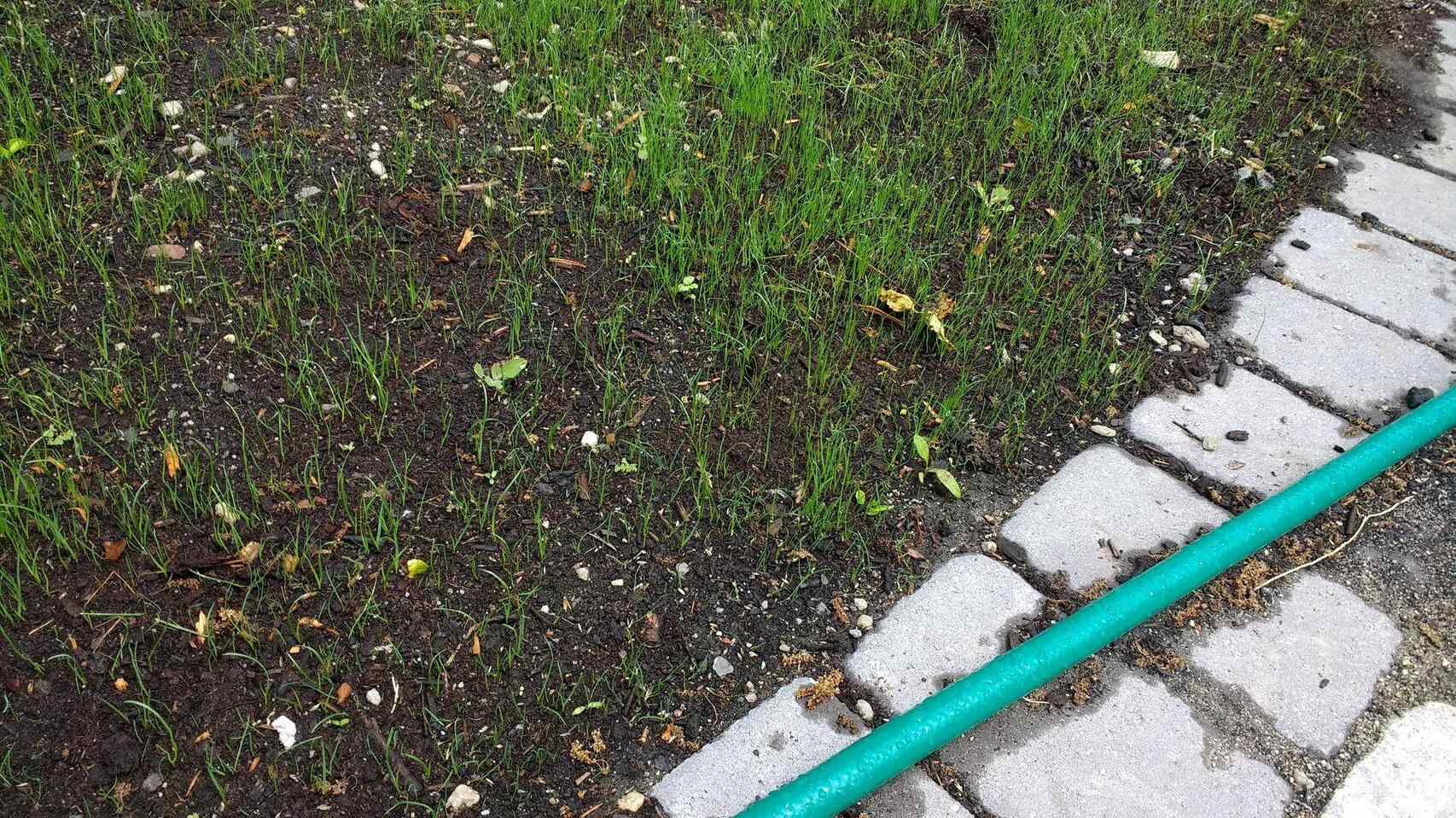
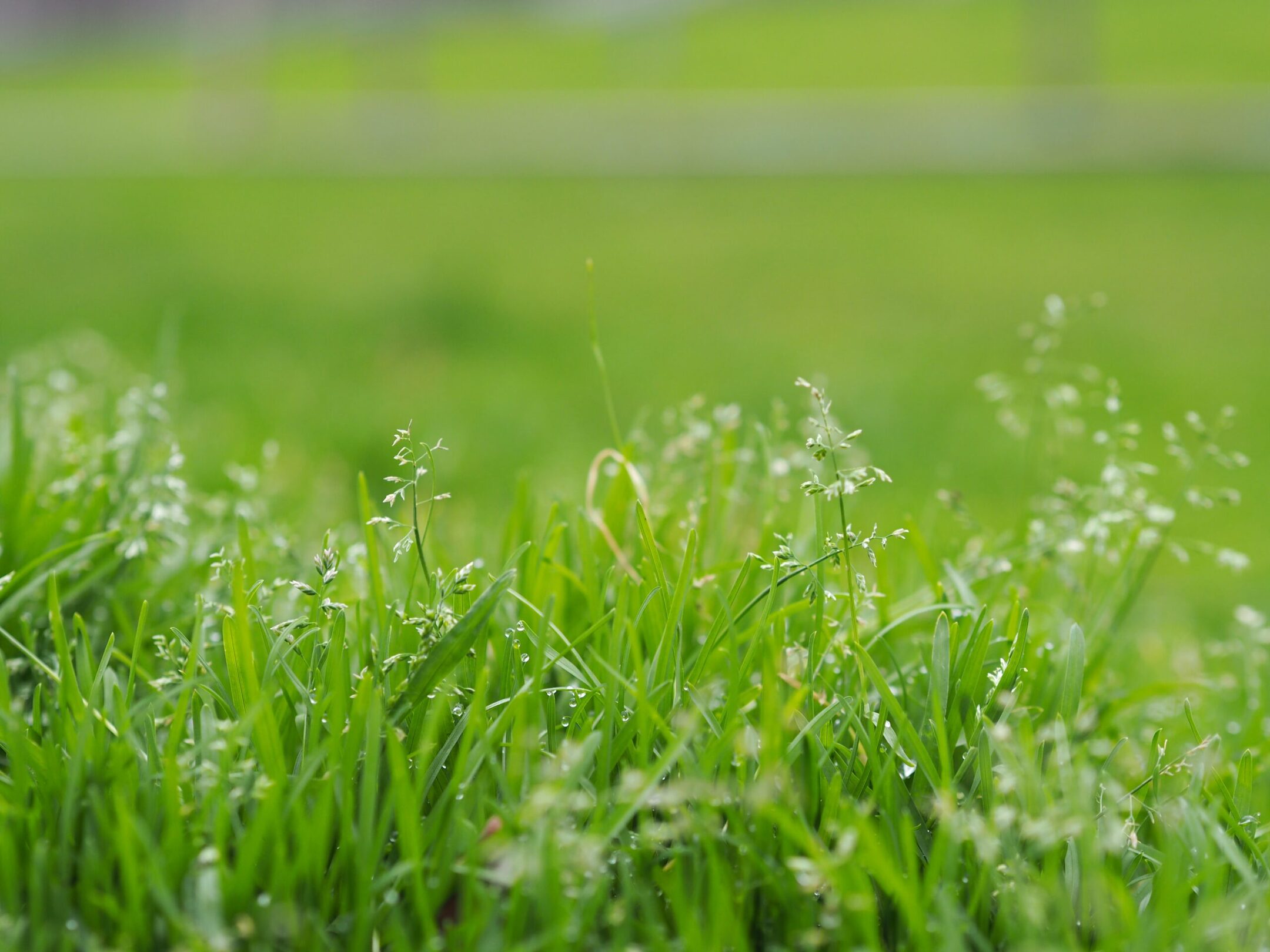
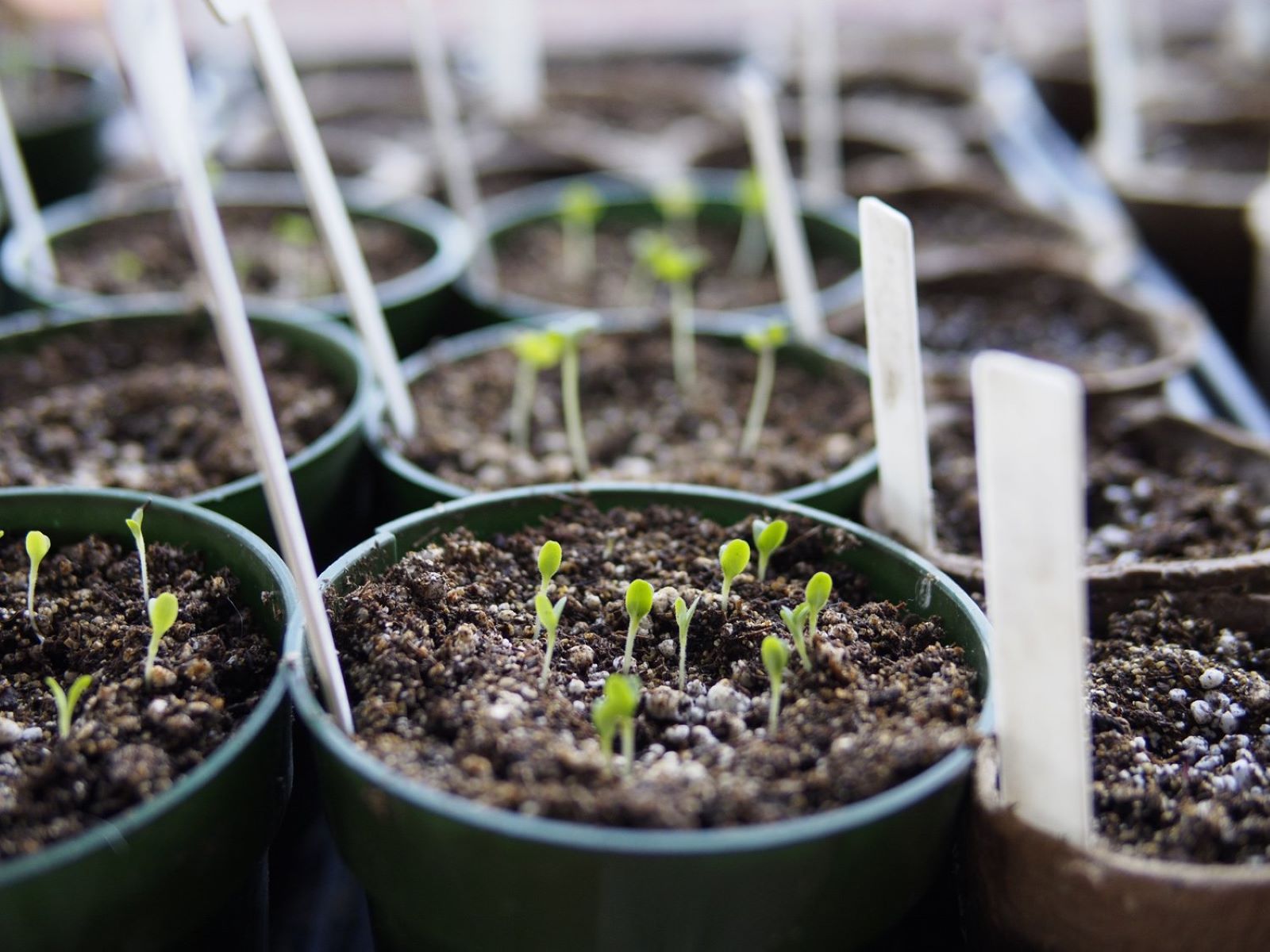
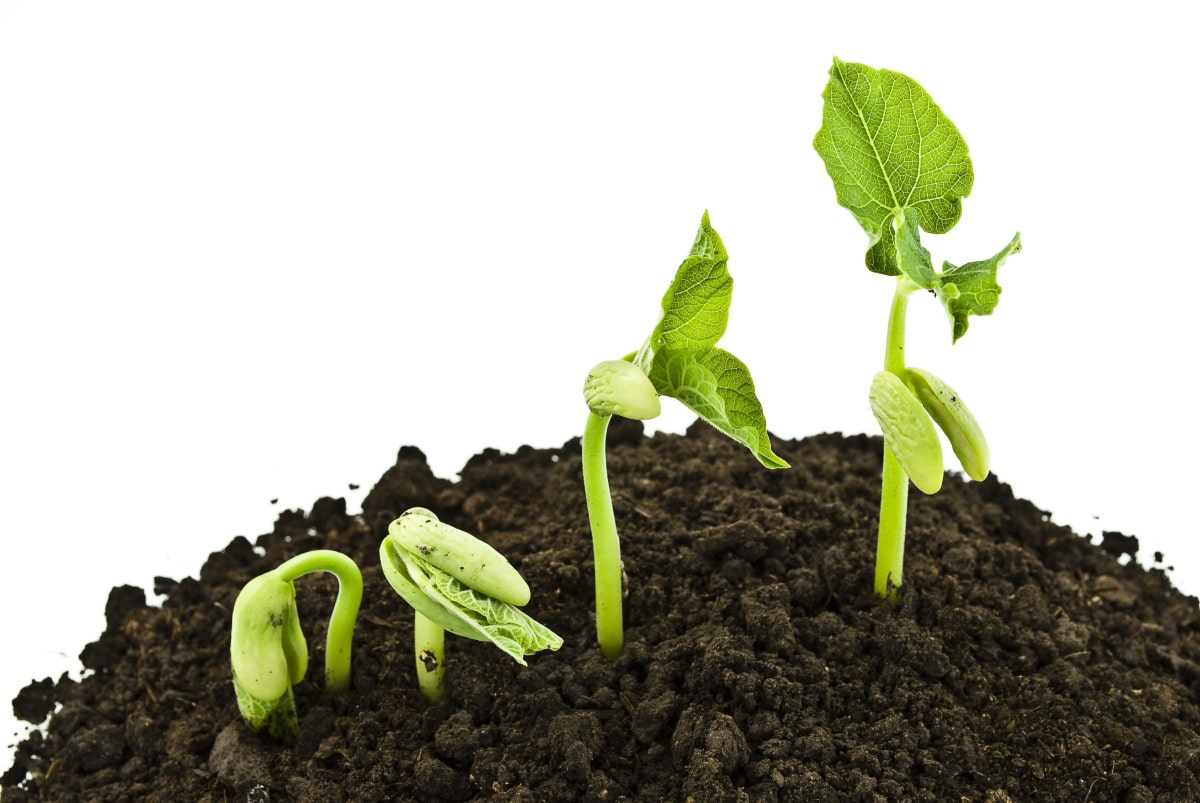
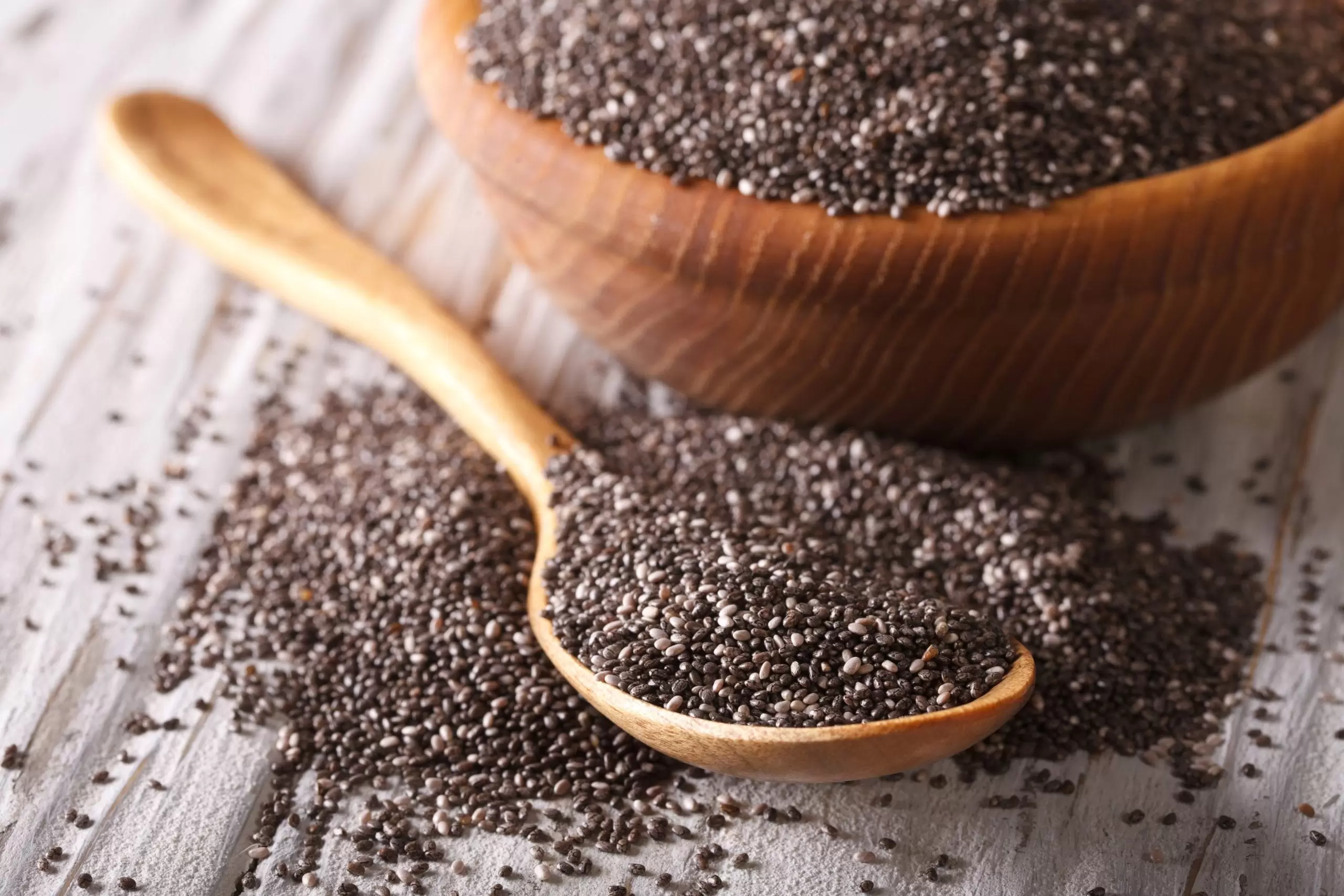
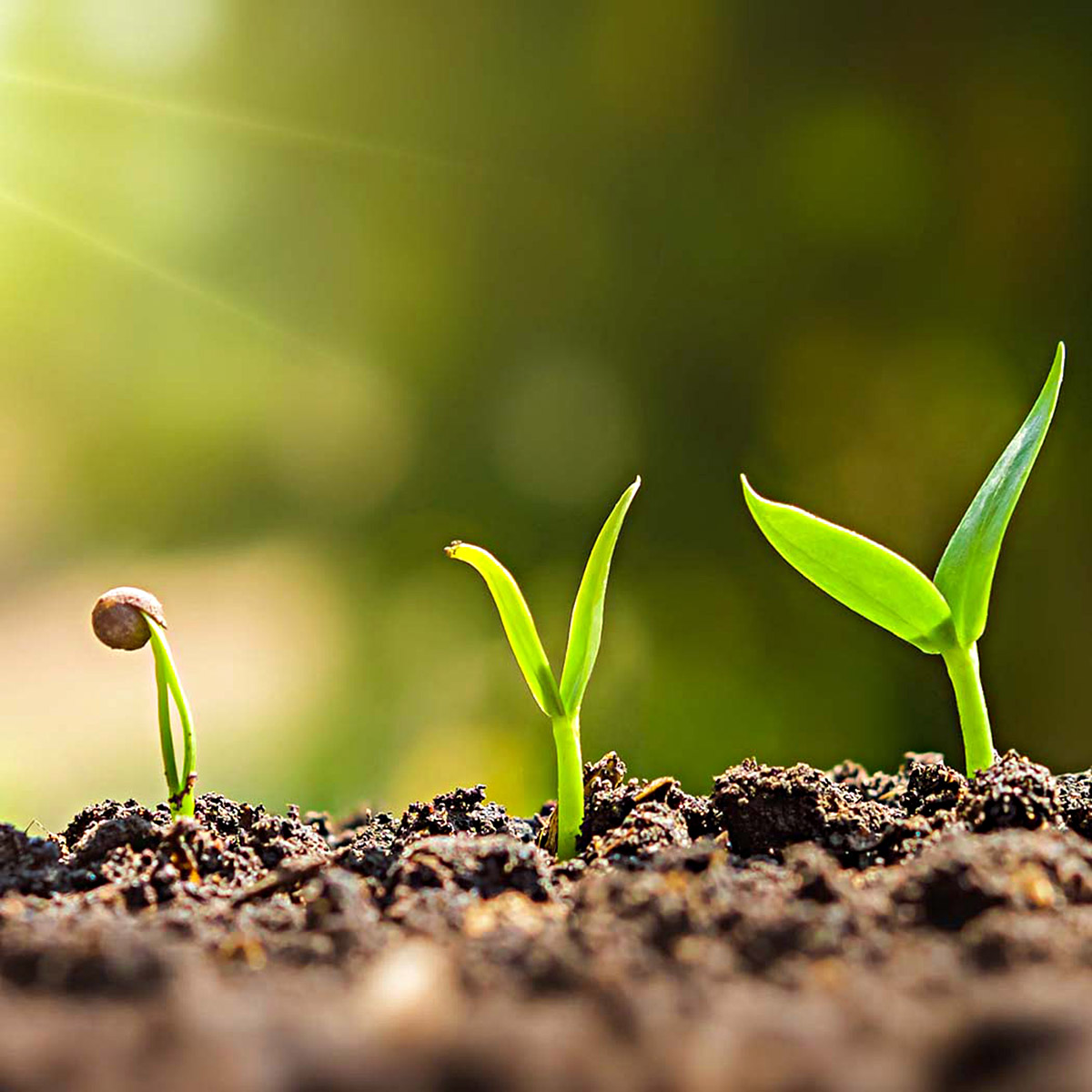
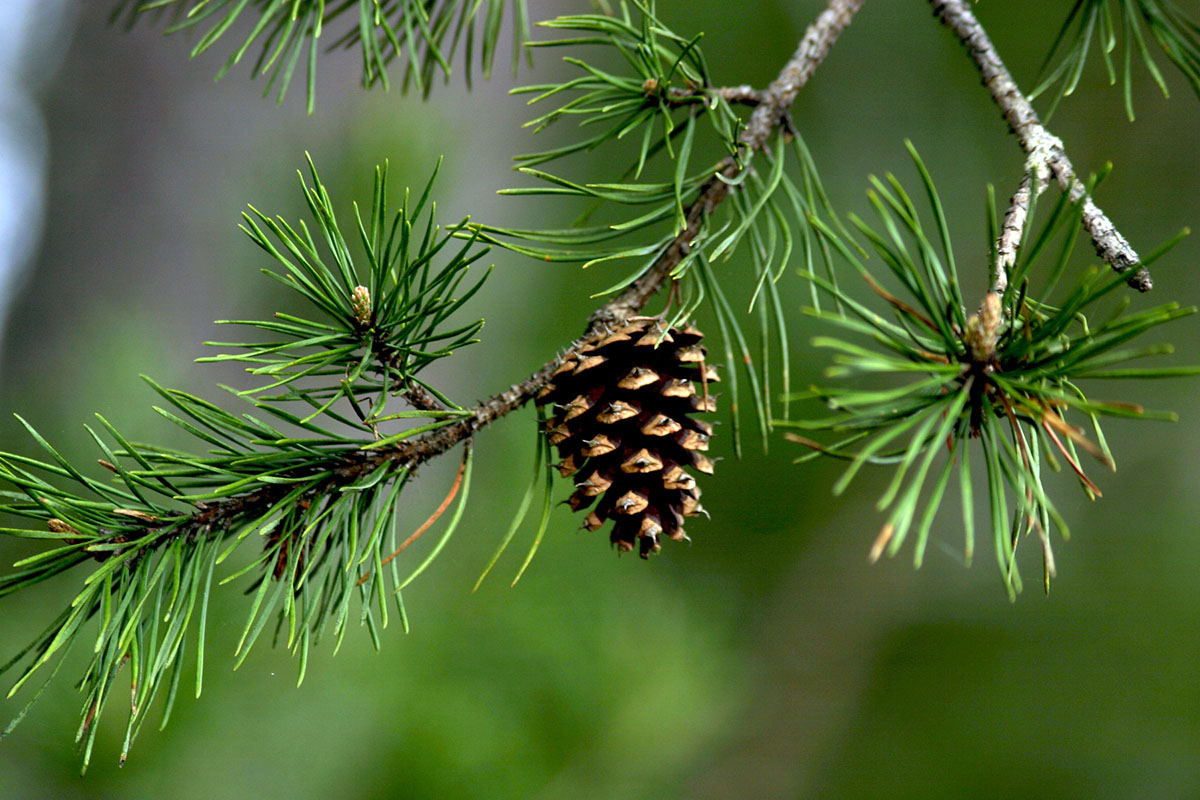
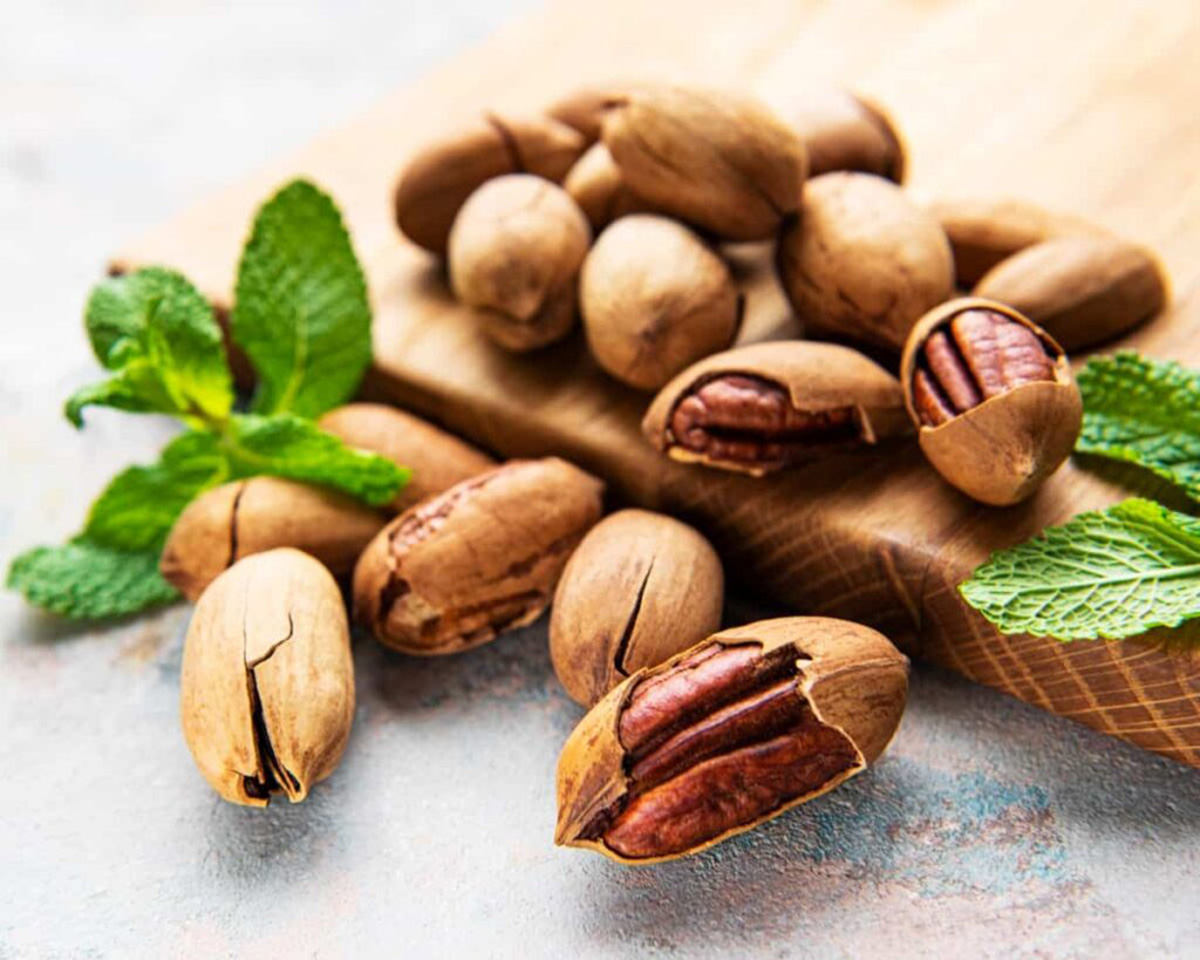
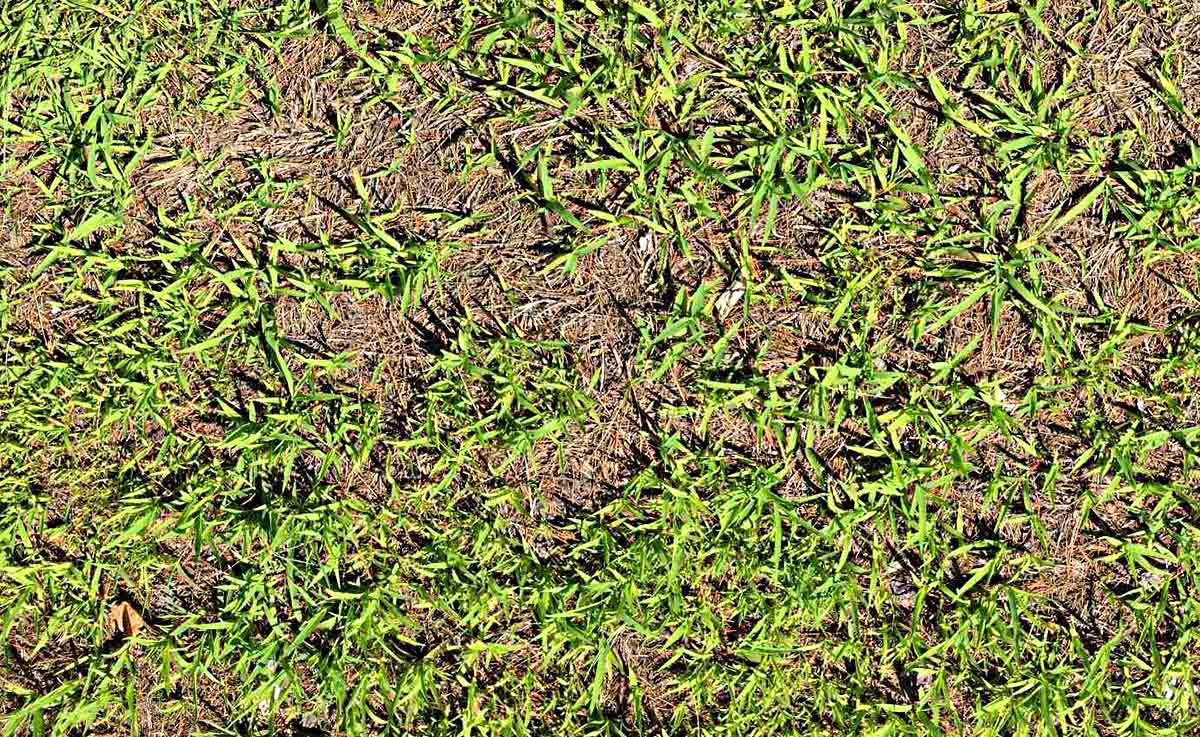

0 thoughts on “Why My Seeds Are Not Germinating”